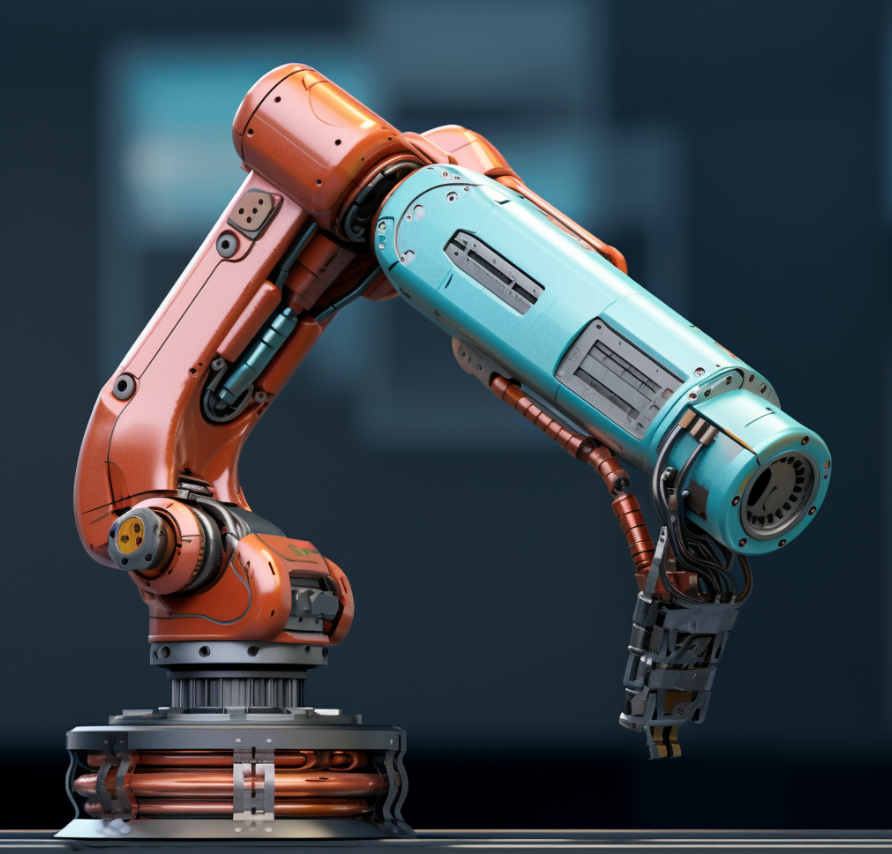

What is a vacuum end-effector?
A vacuum end-effector, also known as a vacuum gripper or suction cup, is a tool attached to the end of a robot arm that uses suction to pick up and handle objects.
It achieves this by creating a vacuum through compressed air, a vacuum pump, or venturi vacuum generators to suck air out of the suction cup, allowing it to grip onto smooth, non-porous surfaces.
Vacuum grippers come in many shapes and sizes depending on your chosen application.
They also offer quite a few advantages:
There are quite a few factors to keep in mind before you break out your credit card and buy a vacuum end-effector.
They are:
Also, it’s worth noting that vacuum end-effectors need an airtight seal to function properly. So, make sure your workpieces have smooth, non-porous surfaces.
Additionally, gaskets can help improve the seal on rough surfaces.
To connect a vacuum end-effector, you'll need to make sure your robot arm has a way to interface with it both mechanically and electronically.
Give some thought to these factors:
Remember: If things get too technical or complicated, it’s never a bad idea to consult with different vendors. They tend to have their own technical teams that can answer even the trickiest questions.

There’s no shortage of vacuum end-effectors in the market right now.
But, with that abundance also comes the chance of making a wrong turn somewhere – one that could set you back by thousands of lost dollars and productivity hours.
So, when selecting a high-quality vacuum end-effector for your robot, you'll want one that provides enough suction and lifting capacity for your application.
We’ve narrowed it down to these 5 great picks:
The bottom line is that picking the perfect vacuum end-effector takes a bit of homework, but we’ve done the hard part for you.
Now, it’s a matter of ensuring compatibility with your robot arm, and with the weight and texture of your workpieces.
When you match those correctly, you’ll be well on your way to reaping the benefits of all that automation can bring to the table: productivity, speed, and huge cost-effectiveness.
The most important factors are the weight and surface of the objects you need to handle. Make sure to pick a gripper that can support at least 150% of the maximum load weight. The gripper should also be compatible with the surface type - smooth, textured, porous, etc. Work with the gripper manufacturer to find the best match.
Vacuum grippers require minimal maintenance - just occasional inspection and replacement of seals and filters. Make sure any electric grippers are properly grounded. Also, keep suction cups clean and replace any that become damaged or worn out.
Most electric grippers can be controlled via digital I/O signals from the robot controller. But, for more advanced control, choose a gripper with built-in software integration for your specific robot brand and model. Pneumatic grippers will need an external vacuum pump and valves to control suction.
Electric grippers are simpler and more self-contained, while pneumatic ones have higher suction force potential. Keep an eye on your budget, existing robot infrastructure, and load requirements when deciding.
Make sure the combined payload of the gripper and lifted objects does not exceed your robot's rated capacity to avoid tipping. Implement sensors to detect vacuum pressure and part hold/drop. Install protective screening around the gripper and incorporate emergency stops.
The pump size depends on the gripper's air consumption and desired cycle time. Consult the gripper's specifications or the pump manufacturer for guidance.
Yes, but compressed air can be less efficient and more expensive in the long run. Consider long-term costs and environmental impact when deciding.
Common materials include nitrile rubber, polyurethane, and silicone. Of course, the best material depends on the object’s surface, temperature, and required grip force.
Inspect cups regularly for wear or damage. Replace them when they lose their flexibility or gripping ability.
Check for leaks in the air lines or hoses. Make sure the suction cups are clean and free of debris. Verify the vacuum pump is functioning properly.
In the market for a top-of-the-line robot arm and vacuum end-effector combination? RO1 by Standard Bots is your go-to solution. Created with flexibility in mind, RO1 seamlessly supports a wide range of mechanical grippers, including those by OnRobot.
This adaptability makes it an ideal choice for various tasks in both sizable and compact machine shops.
Here's what RO1 has to offer:
Chat with our experienced solutions team. We offer a zero-cost, 30-day trial at your location. Benefit from extensive insights and all the support you need to seamlessly incorporate your first robot into your business processes.